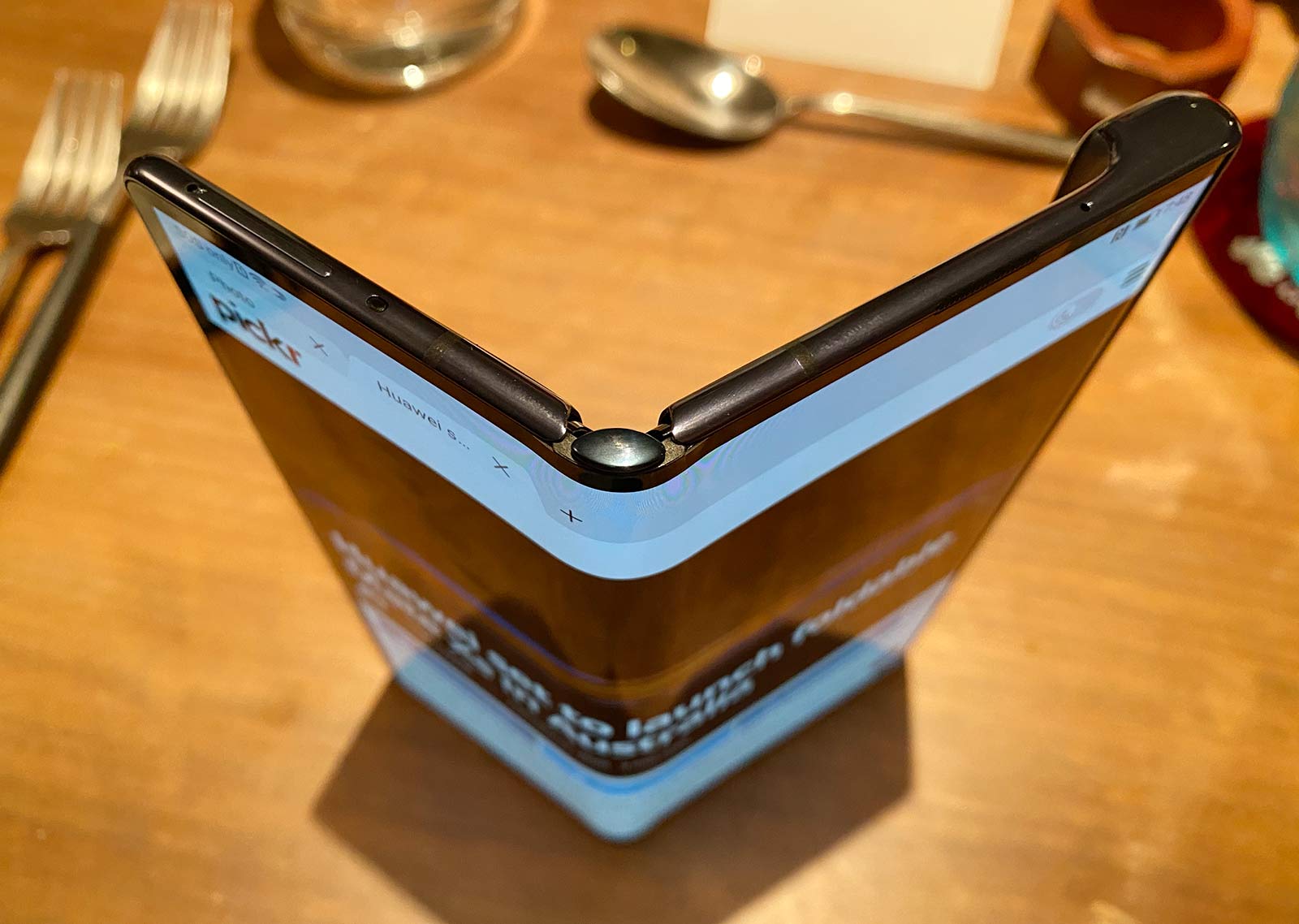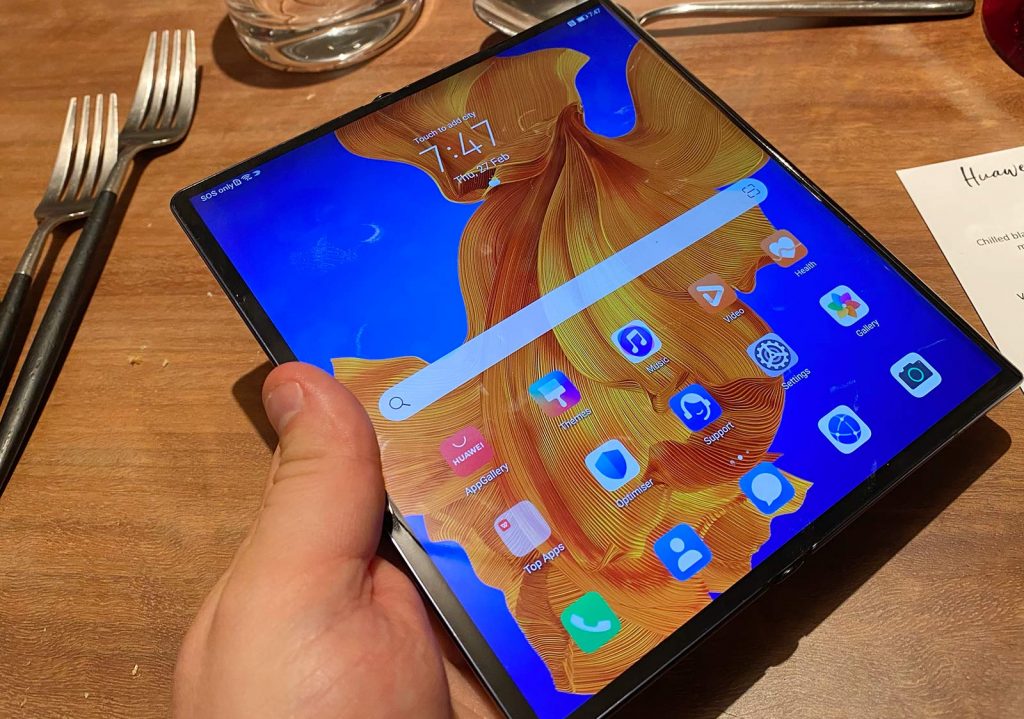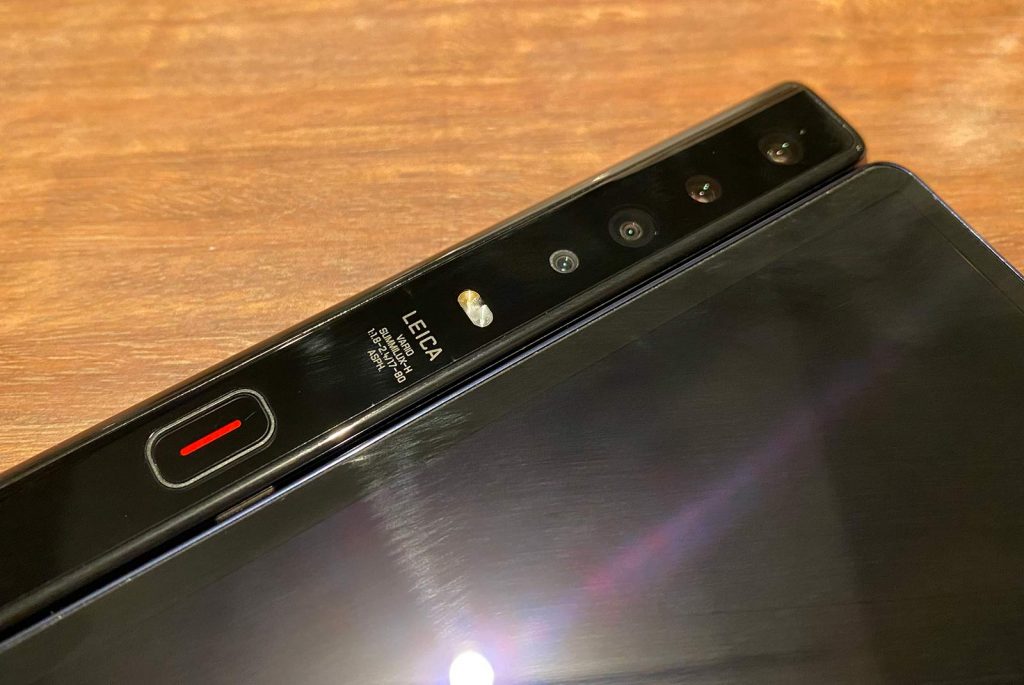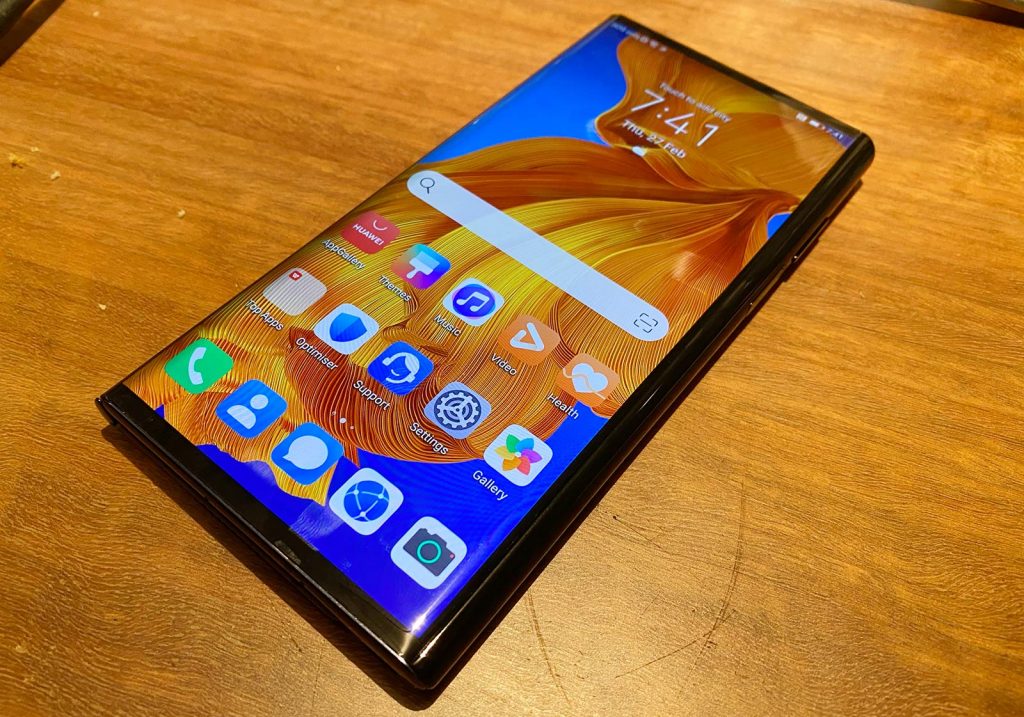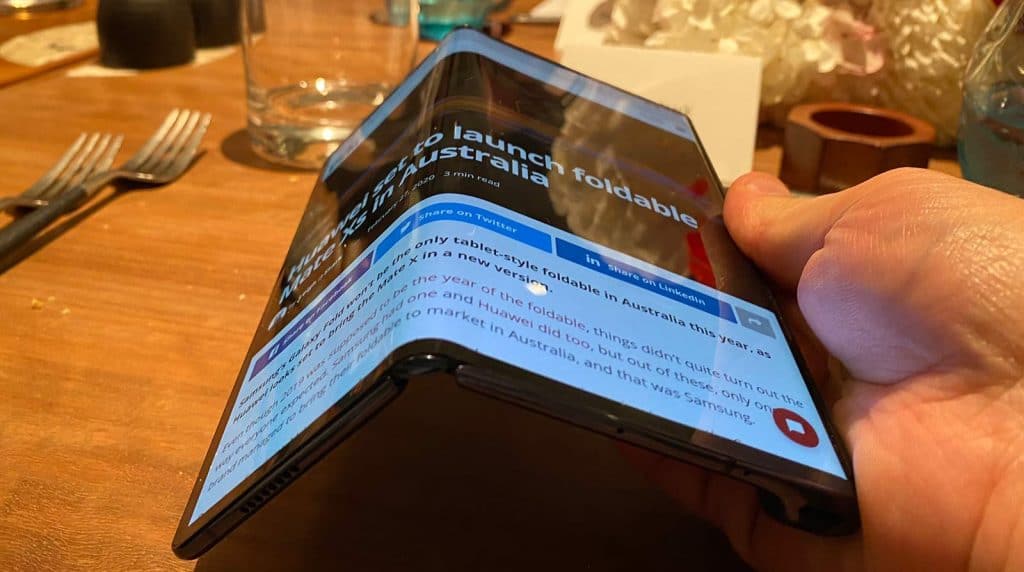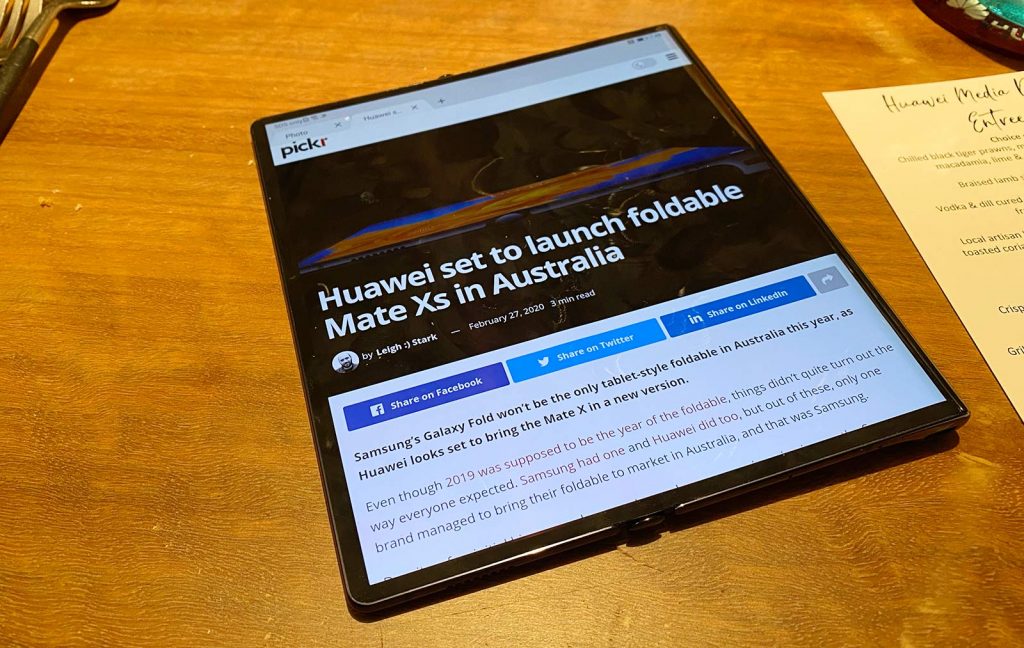Quick review
The good
The not-so-good
2019 may have seen the first foldables, but they get better in 2020, and Huawei’s clever Mate Xs will be one of them, as we see in a hands-on.
Mobile World Congress may have been cancelled, but that doesn’t mean phones aren’t getting announced and set for release. Far from it, in fact, as a sort of virtual Mobile World Congress has kicked into gear this week, extending into the next few weeks, as mobile brands talk about what’s coming in the very near future.
This week alone, we saw news from LG, Oppo’s sister brand Realme, Telstra, and Huawei, with the latter talking up a new foldable that will be coming to Australia.
That new foldable will technically be Australia’s first foldable phone from Huawei, after Huawei’s first foldable last year managed to skip release in Australia. However Huawei appears ready to release a foldable finally, and we went hands on this week.
Folding flat a dual-screen phone
There are plenty of ways to make a foldable phone, and we’ve only begun to explore how that can happen.
Samsung’s Galaxy Fold was among the first, with an internal fold-up 7.3 inch screen and an external 4.6 inch display. That made it both a tablet and a phone, but it would only be a tablet if you opened it up and stopped using the smaller screen on the outside.
Huawei’s Mate Xs takes a slightly different approach, with two six inch displays that unfold to a bigger 8 inch tablet of sorts. It’s an approach that makes sense when you realise quite what Huawei has tried, with a 6.6 inch screen to be used on the front, while a 6.38 inch is used on the back, and the tablet only being present when the foldable screen is unclipped from the back and folded flat.
At other times, the Huawei Mate Xs is a phone with a screen on the front and back, which allows Huawei to pull off a neat trick, skipping the need for a separate front-facing camera, and to just use the rear cameras as a selfie camera with that rear screen as the viewfinder.
It’s an approach that saves on a less impressive camera system, and takes advantage of Huawei’s Leica cameras for the front provided you turn the phone around and watch that second screen.
Alternatively, you can press the button on the back and watch the screen unfold, providing a fairly spacious 8 inch tablet screen with a fold that is harder to see than you might expect.
Brief impressions on build
While the idea is definitely very cool, the build is a little larger than you might expect, with a fairly noticeable weight not far from the iPhone 11 Pro Max.
It’s a sizeable smartphone to be sure, thanks in part to the parts and design, though nicer than we expected for a pre-production model to be.
There is a catch, however. Two, actually.
Catch 1: No Google apps or services
Much like the recently reviewed Mate 30 Pro, Huawei’s latest phone doesn’t actually support Google apps and services, thanks to the addition of Huawei to a list of American companies its government forbids trading to.
Android is open source, and that means Huawei’s Mate Xs does run a version of Android, but it’s one that can’t talk to Google Play, Gmail, Google Maps, Google Play Games, or anything else many an app relies on.
That means finding all the apps you normally rely on may not go as planned, and while you may be able to find some, you probably won’t be aver to find all.
Catch 2: A seriously high Mate Xs price
The other major catch of the Huawei Mate Xs is the price, with at least one journo at a hands-on this week reporting on that: $4000.
Yes, at launch, the Huawei Mate Xs will not be a cheap phone in Australia, pitching a cost that is a good one thousand higher than the only other locally released foldable to look like a tablet when it’s unpacked.
It’s a price we’re not sure many will go for, particularly given the lack of Google services support, though with a design as forward-thinking as this, it’s possible Huawei will see a few bites for its Australian release in April.


